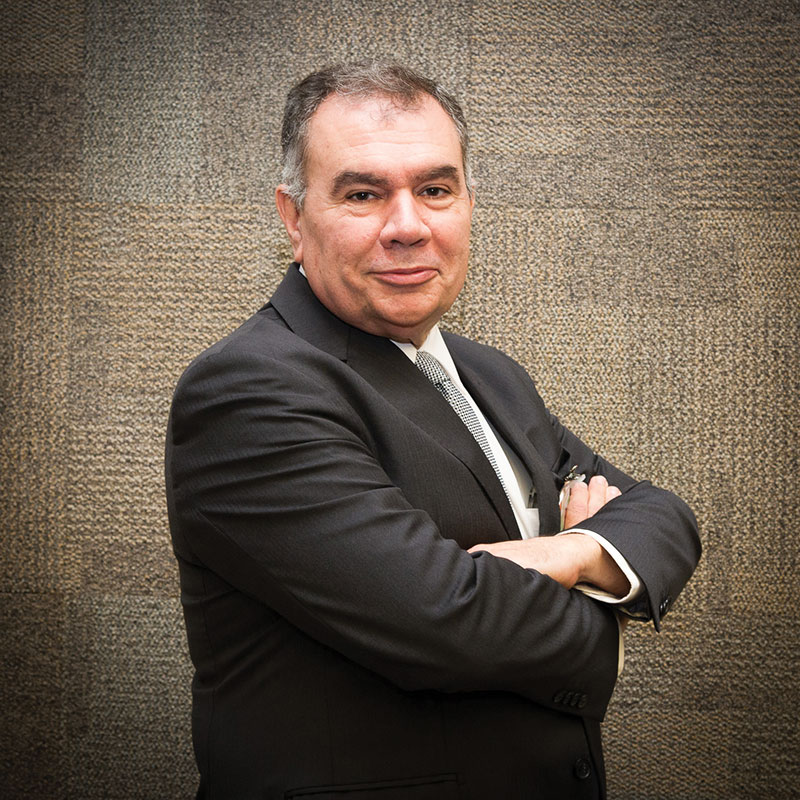September 2020, Vol. 247, No. 9
Executive Profile
Executive Profile: Engineering Veteran Ventures Out on His Own
Longtime pipeline engineering mainstay Marcelino Guedes Gomes has retired from Brazil oil giant Petrobras after more than 30 years, but he has no intention of leaving behind the work he loves. Guedes Gomes has co-founded PipelineBrazil, with the goal of improving pipelines in terms of safety and imaginative design ideas.
“With the knowledge and experience accumulated over the years, and now with more time and freedom, I am ready and excited to finally fulfill the long-standing dream of starting my own business,” he said.
Guedes Gomes plans to develop studies, technologies, training, events and talent within the industry, utilizing what he calls “the energy from the young pipeliners with the experience of older heads.”
Pipeline & Gas Journal recently had the opportunity to talk with Guedes Gomes about how he would go about this and discuss his career.
P&GJ: How did you, personally, become involved in the pipeline industry?
Guedes Gomes: Back to the time when I was just a kid, I wanted to be an engineer. In 1979, I was a young mechanical engineering student, when I was first introduced to pipeline engineering. A few years later, I was presenting my final course paper about the development of a finite element to simulate the behavior of a buried pipeline. In the following years, I was already working as a pipeline engineer.
P&GJ: What are the goals of PipelineBrazil, and what services will the company provide?
Guedes Gomes: PipelineBrazil intends to be a visionary, innovative and youthful pipeline service company, presenting to the industry a new concept of thinking pipelines. We also want to contribute to the improvement of the public perception about pipeline safety, as nowadays pipeline investments are either stopped or delayed by public and governmental resistances.
PipelineBrazil is ready to provide technical, logistical, and business services for pipeline companies. This will include identifying technology transfer opportunities to solve problems, where Brazil is either the importer or exporter, and to develop new technologies together with Brazilian universities and R&D centers.
We will also organize differentiated training programs for individuals, entities and companies in Brazil and elsewhere, and we will promote pipeline industry-related events, which may be held in person or digitally.
PipelineBrazil also hopes to establish baby technological companies to meet the demands from the pipeline industry, and assist as consultants, mentors or investors in these companies in partnership with universities and R&D centers, etc.
Finally, given our established network, we can identify employment matches.
P&GJ: What do you see as the most significant challenge you face in starting this new business?
Guedes Gomes: To establish an innovative company in a conservative industry. Pipelines are currently designed and constructed as they were in my grandfather’s day. We need to engage partners to convince the industry, governments and people at large to change their mindsets. Dreaming aside, we need partnerships with major pipeline companies.
P&GJ: Your website says the company will “combine the energy from the young pipeliners with the experience of older heads.” How difficult has it been to find young, qualified job candidates?
Guedes Gomes: Considering the digital transformation, we do not anticipate difficulties in attracting both young pipeliners and those more experienced from different parts of the world. Could you imagine YPPs [young pipeline professionals] from India or China working with older heads from Europe or South America on the same projects? It would be an amazing feat. We need to identify partners to support this idea.
P&GJ: You were at Petrobras more than 30 years. What are the biggest changes the business has undergone since you began your career?
Guedes Gomes: We are a very conservative industry. Society has been demanding improvements in pipeline safety and services. We have begun using ILI [inline inspection] tools and sophisticated pipeline control room equipment such as SCADA, but it is not enough. We need more sensor engineering, artificial intelligence, big data and machine learning solutions. For Petrobras, one change has been the necessity for design, laying, inspection and operation of subsea pipelines at water depths of more than 2,000 meters [6,500 feet].
P&GJ: What would you consider your biggest successes or moments you’re proudest of over the course of your career?
Guedes Gomes: Early in the year 2000, a lateral buckling due to thermal expansion caused the rupture of a 16-inch [406-mm] pipeline and a huge leakage of heavy heating oil in the Guanabara Bay (Rio de Janeiro). The media impact was enormous.
At that time, I was the coordinator of Pipeline Technology in the Petrobras R&D Center. I was invited to move to the headquarters to be responsible for a different solution, to avoid any future accidents. I supervised the research, looking for a new concept of pipeline. As a result, the team used the concept of a pipeline with “zigzag” geometry. There were very few examples in the pipeline industry of companies applying this approach, especially with the soil conditions of the Guanabara Bay.
Several R&D activities and studies were carried out to verify the lateral and upheaval buckling due to thermal stability of this new pipeline structure. It was a special moment in my professional life because I had the freedom to choose a new concept in pipelines.






Comments